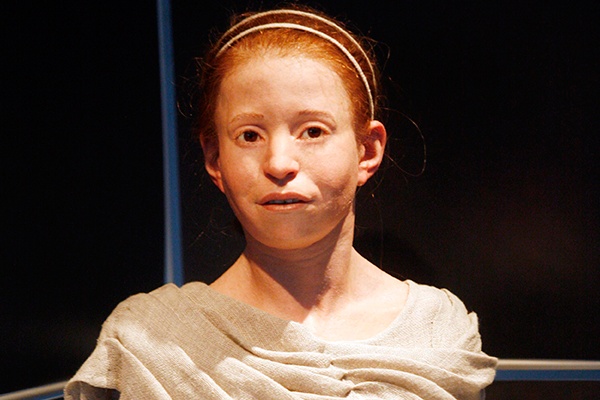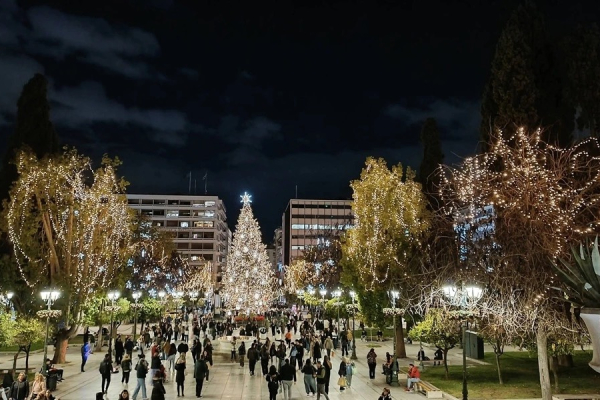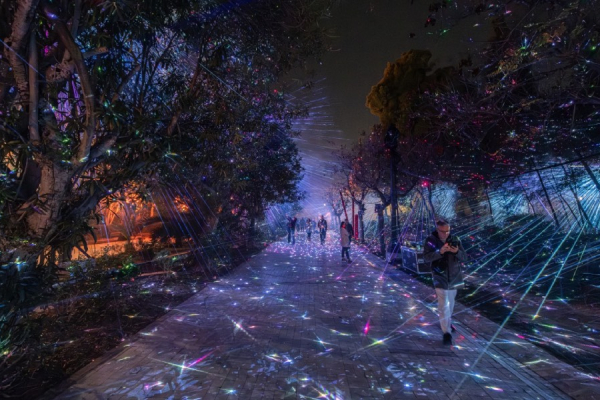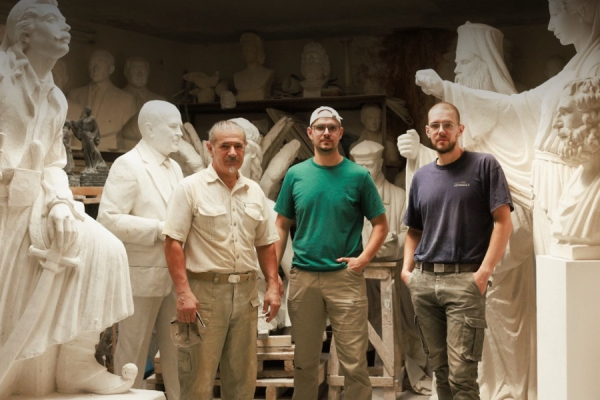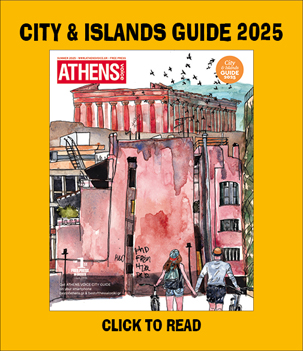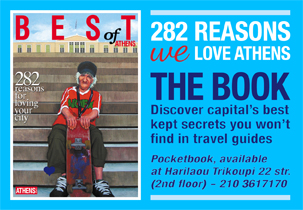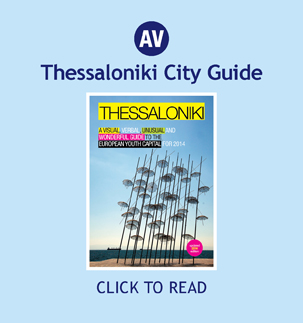The Acropolis Museum celebrates Myrtis’ fifth year of her “resurrected” life, with a conference to be held on May 13. The conference “5 years with Myrtis” is held under the auspices of the University of Athens, the Ministry of Research and Innovation, the UN and the Norwegian Embassy in Athens.
The 11-year-old girl lived in Athens nearly 2,500 year ago. She was one of the victims of the typhoid fever plague that struck down one third of the Athenian population at that time. Her bones were discovered in 1994-1995, in a mass grave with another 150 bodies, during work to build the metro station in Kerameikos. Her skull was in an amazingly good condition thus inspiring Professor Papagrigorakis to enlist the help of specialist scientists from Sweden to recreate her features. The same scientists were also her “god fathers”, giving her the name 'Myrtis'. Reborn Myrtis wears a linen dress made especially for the purpose by Greek fashion designer Sophia Kokosalaki based on images of clothing styles of that time and she forms the backbone of an exhibition that explores the various stages of a facial reconstruction, while also exhibits the finds uncovered by archaeologists at Kerameikos, which date around 430-426 B.C. and are linked with the plague that contributed to Athens' defeat from Sparta during the Peloponnesian Wars.
Myrtis was made a "Millenium Friend" and her picture was posted on a website supporting the UN Millenium Goals as she carries a message to the world about disease prevention. "My death was inevitable. In the 5th century BC we had neither the knowledge nor the means to fight deadly illnesses. However, you, the people of the 21st century, have no excuse. You possess all the necessary means and resources to save the lives of millions of people. To save the lives of millions of children like me who are dying of preventable and curable diseases. 2,500 years after my death, I hope that my message will engage and inspire more people to work and make the Millennium Development Goals a reality," says a letter posted next to her picture.
